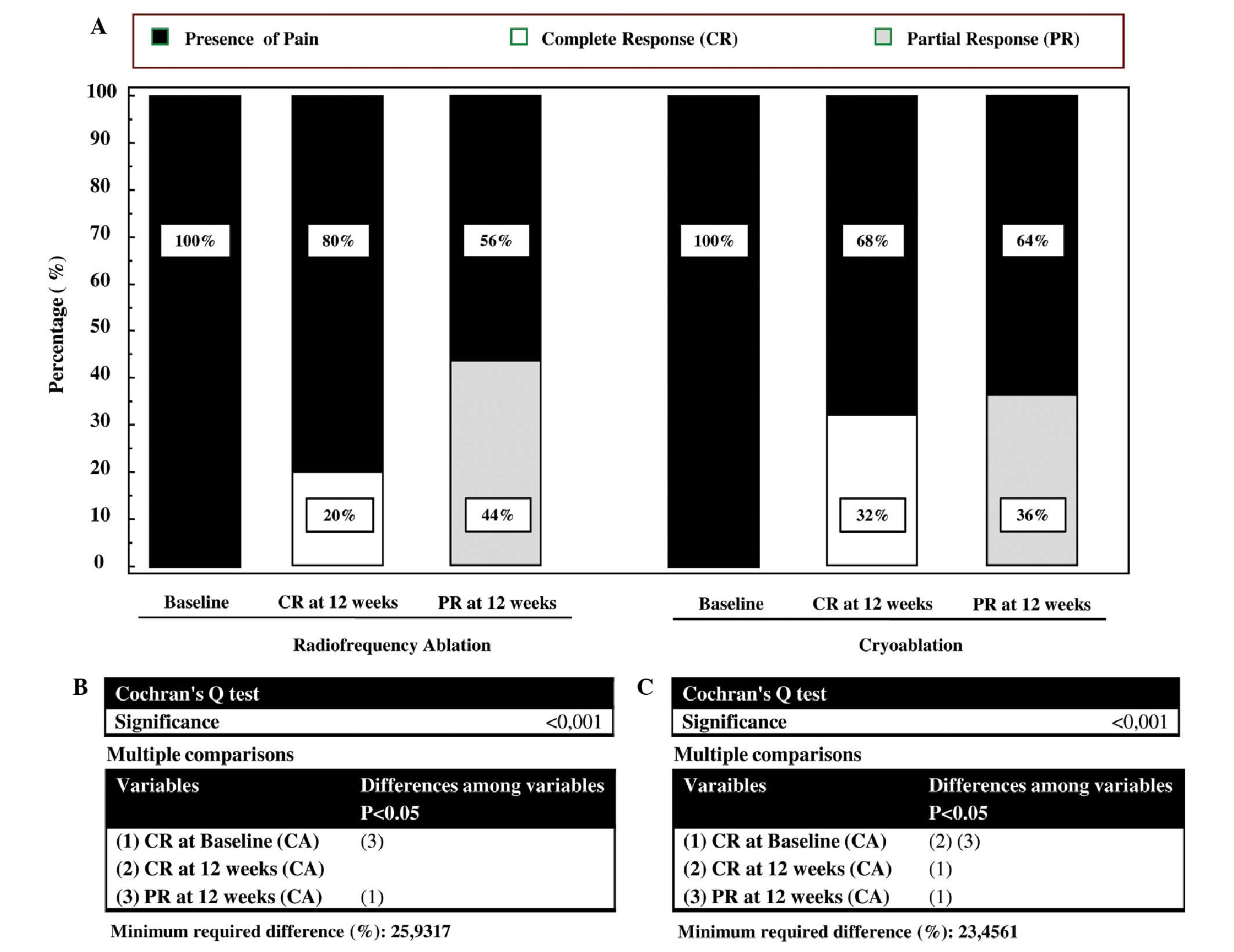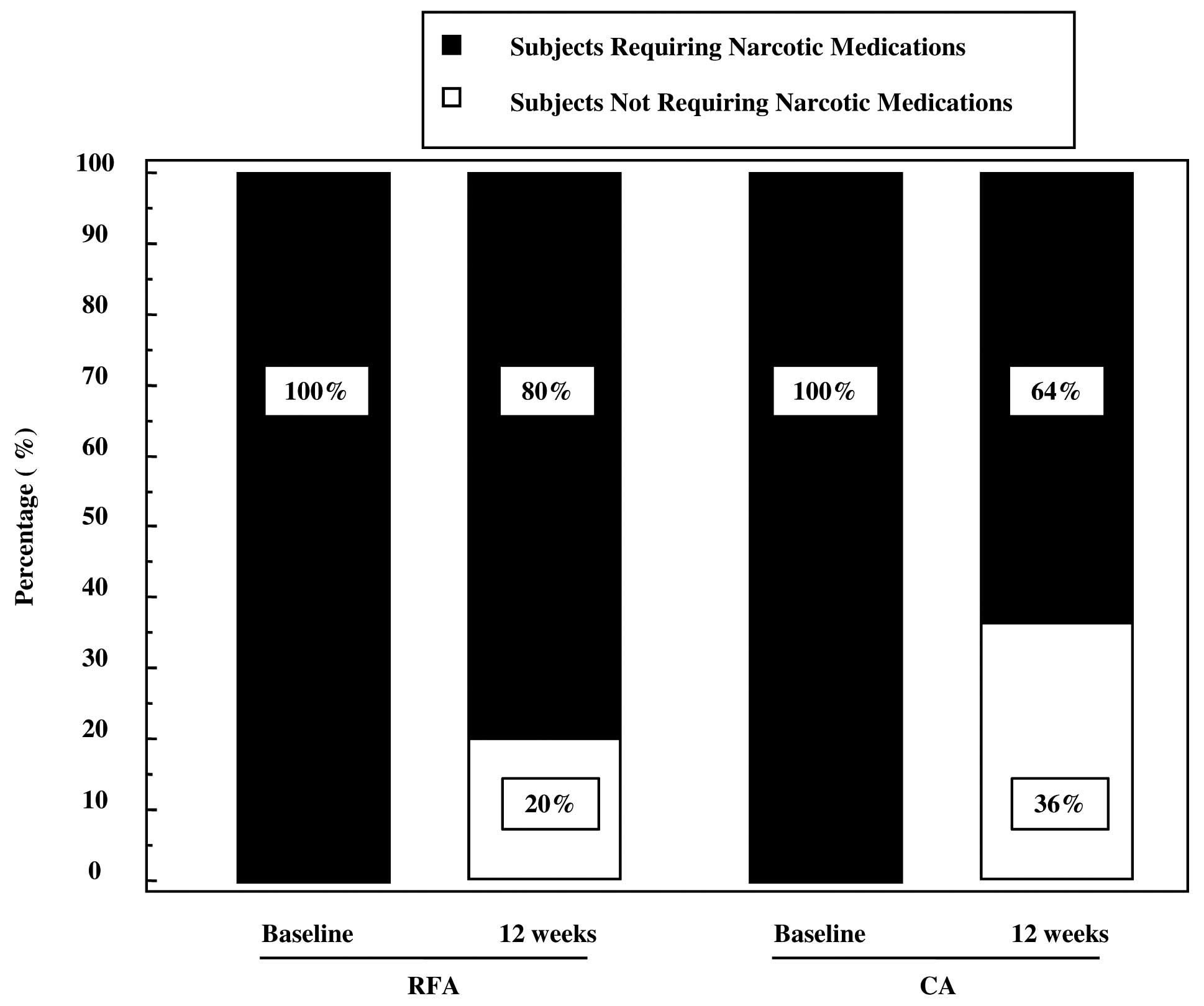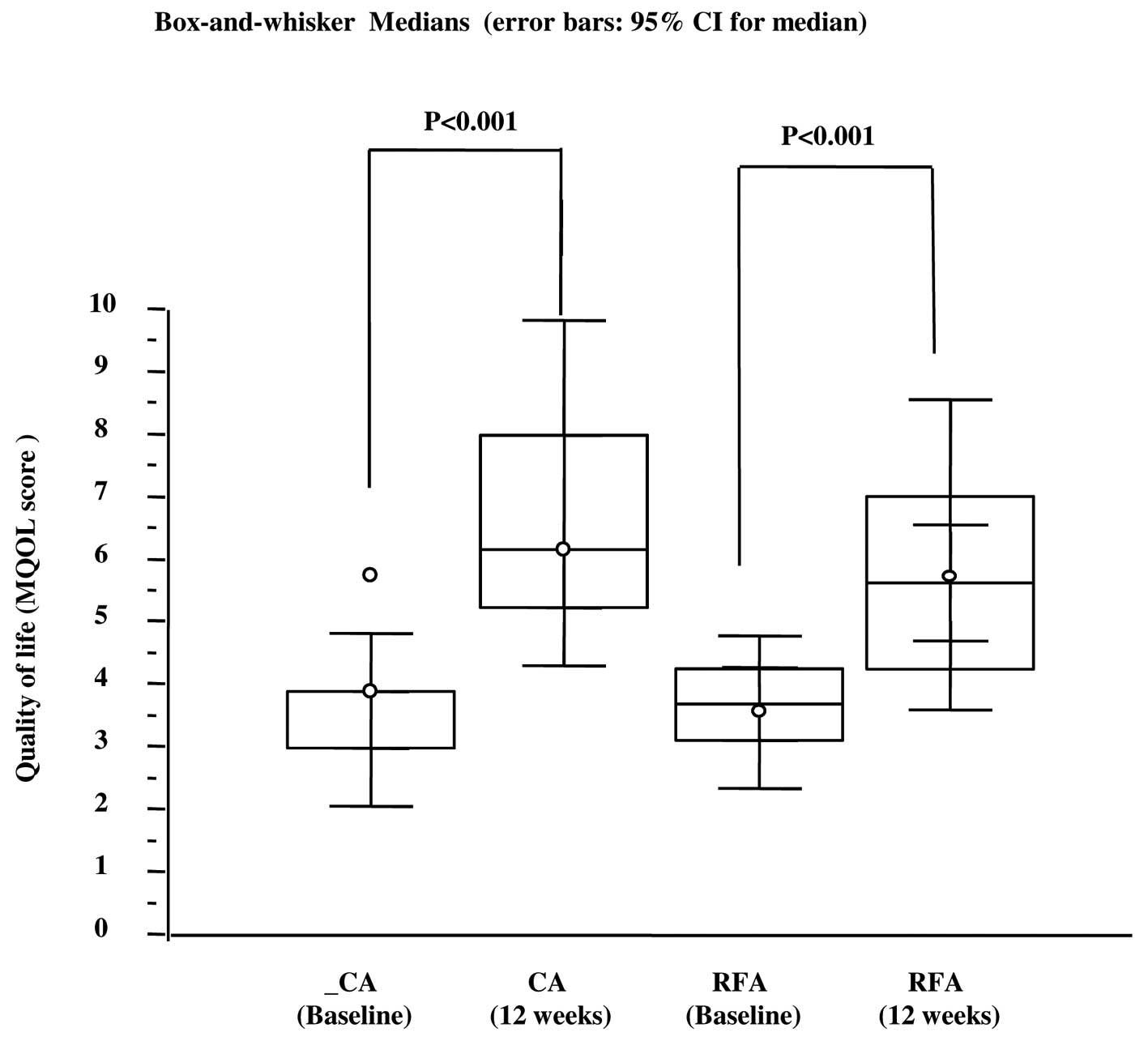|
1
|
Suva LJ, Washam C, Nicholas RW and Griffin
RJ: Bone metastasis: Mechanisms and therapeutic opportunities. Nat
Rev Endocrinol. 7:208–218. 2011. View Article : Google Scholar : PubMed/NCBI
|
|
2
|
Roodman GD: Mechanisms of bone metastasis.
N Engl J Med. 350:1655–1664. 2004. View Article : Google Scholar : PubMed/NCBI
|
|
3
|
Suva LJ, Griffin RJ and Makhoul I:
Mechanisms of bone metastases of breast cancer. Endocr Relat
Cancer. 16:703–713. 2009. View Article : Google Scholar : PubMed/NCBI
|
|
4
|
Coleman RE: Clinical features of
metastatic bone disease and risk of skeletal morbidity. Clin Cancer
Res. 12:6243s–6249s. 2006. View Article : Google Scholar : PubMed/NCBI
|
|
5
|
Coleman RE: Metastatic bone disease:
Clinical features, pathophysiology and treatment strategies. Cancer
Treat Rev. 27:165–176. 2001. View Article : Google Scholar : PubMed/NCBI
|
|
6
|
Harvey HA and Cream LV: Biology of bone
metastases: Causes and consequences. Clin Breast Cancer. 7(Suppl
1): S7–S13. 2007. View Article : Google Scholar : PubMed/NCBI
|
|
7
|
Smith HS: Painful osseous metastases. Pain
Physician. 14:E373–E403. 2011.PubMed/NCBI
|
|
8
|
Tharmalingam S, Chow E, Harris K, Hird A
and Sinclair E: Quality of life measurement in bone metastases: A
literature review. J Pain Res. 1:49–58. 2008.PubMed/NCBI
|
|
9
|
Yu HH, Tsai YY and Hoffe SE: Overview of
diagnosis and management of metastatic disease to bone. Cancer
Control. 19:84–91. 2012.PubMed/NCBI
|
|
10
|
Lutz S, Berk L, Chang E, Chow E, Hahn C,
Hoskin P, Howell D, Konski A, Kachnic L, Lo S, et al: American
Society for Radiation Oncology (ASTRO). Palliative radiotherapy for
bone metastases: An ASTRO evidence-based guideline. Int J Radiat
Oncol Biol Phys. 79:965–76. 2011. View Article : Google Scholar : PubMed/NCBI
|
|
11
|
Andrade RS, Proctor JW, Slack R, Marlowe
U, Ashby KR and Schenken LL: A simple and effective daily pain
management method for patients receiving radiation therapy for
painful bone metastases. Int J Radiat Oncol Biol Phys. 78:855–859.
2010. View Article : Google Scholar : PubMed/NCBI
|
|
12
|
Widmann G, Bodner G and Bale R: Tumour
ablation: Technical aspects. Cancer Imaging. 9:63–67. 2009.
View Article : Google Scholar : PubMed/NCBI
|
|
13
|
Goetz MP, Callstrom MR, Charboneau JW,
Farrell MA, Maus TP, Welch TJ, Wong GY, Sloan JA, Novotny PJ,
Petersen IA, et al: Percutaneous image-guided radiofrequency
ablation of painful metastases involving bone: A multicenter study.
J Clin Oncol. 22:300–306. 2004. View Article : Google Scholar : PubMed/NCBI
|
|
14
|
Silverman SG, Tuncali K, Adams DF,
vanSonnenberg E, Zou KH, Kacher DF, Morrison PR and Jolesz FA: MR
imaging-guided percutaneous cryotherapy of liver tumors: Initial
experience. Radiology. 217:657–664. 2000. View Article : Google Scholar : PubMed/NCBI
|
|
15
|
Callstrom MR, Charboneau JW, Goetz MP,
Rubin J, Wong GY, Sloan JA, Novotny PJ, Lewis BD, Welch TJ, Farrell
MA, et al: Painful metastases involving bone: Feasibility of
percutaneous CT- and US-guided radio-frequency ablation. Radiology.
224:87–97. 2002. View Article : Google Scholar : PubMed/NCBI
|
|
16
|
Dupuy DE, Liu D, Hartfeil D, Hanna L,
Blume JD, Ahrar K, Lopez R, Safran H and DiPetrillo T: Percutaneous
radiofrequency ablation of painful osseous metastases: A
multicenter American College of Radiology Imaging Network trial.
Cancer. 116:989–997. 2010. View Article : Google Scholar : PubMed/NCBI
|
|
17
|
Rosenthal D and Callstrom MR: Critical
review and state of the art in interventional oncology: Benign and
metastatic disease involving bone. Radiology. 262:765–80. 2012.
View Article : Google Scholar : PubMed/NCBI
|
|
18
|
Grieco CA, Simon CJ, Mayo-Smith WW,
Dipetrillo TA, Ready NE and Dupuy DE: Image-guided percutaneous
thermal ablation for the palliative treatment of chest wall masses.
Am J Clin Oncol. 30:361–367. 2007. View Article : Google Scholar : PubMed/NCBI
|
|
19
|
Di Staso M, Zugaro L, Gravina GL, Bonfili
P, Marampon F, Di Nicola L, Conchiglia A, Ventura L, Franzese P,
Gallucci M, et al: A feasibility study of percutaneous
Radiofrequency Ablation followed by Radiotherapy in the management
of painful osteolytic bone metastases. Eur Radiol. 21:2004–2010.
2011. View Article : Google Scholar : PubMed/NCBI
|
|
20
|
Di Staso M, Zugaro L, Gravina GL, Bonfili
P, Marampon F, Di Nicola L, Conchiglia A, Franzese P, Gallucci M,
Masciocchi C, et al: Can radiotherapy be combined with
radiofrequency ablation in the management of symptomatic osteolytic
skeletal metastasis? Clin Oncol (R Coll Radiol). 23:65–66. 2011.
View Article : Google Scholar : PubMed/NCBI
|
|
21
|
Cohen SR, Mount BM, Strobel MG and Bui F:
The McGill Quality of Life Questionnaire: A measure of quality of
life appropriate for people with advanced disease. A preliminary
study of validity and acceptability. Palliat Med. 9:207–219. 1995.
View Article : Google Scholar : PubMed/NCBI
|
|
22
|
Sacks D, McClenny TE, Cardella JF and
Lewis CA: Society of Interventional Radiology clinical practice
guidelines. J Vasc Interv Radiol. 14:S199–S202. 2003. View Article : Google Scholar : PubMed/NCBI
|
|
23
|
Chow E, Wu JS, Hoskin P, Coia LR, Bentzen
SM and Blitzer PH: International consensus on palliative
radiotherapy endpoints for future clinical trials in bone
metastases. Radiother Oncol. 64:275–280. 2002. View Article : Google Scholar : PubMed/NCBI
|
|
24
|
Callstrom MR, Dupuy DE, Solomon SB, Beres
RA, Littrup PJ, Davis KW, Paz-Fumagalli R, Hoffman C, Atwell TD,
Charboneau JW, et al: Percutaneous image-guided cryoablation of
painful metastases involving bone: Multicenter trial. Cancer.
119:1033–1041. 2013. View Article : Google Scholar : PubMed/NCBI
|
|
25
|
Callstrom MR, Atwell TD, Charboneau JW,
Farrell MA, Goetz MP, Rubin J, Sloan JA, Novotny PJ, Welch TJ, Maus
TP, et al: Painful metastases involving bone: Percutaneous
image-guided cryoablation-prospective trial interim analysis.
Radiology. 241:572–580. 2006. View Article : Google Scholar : PubMed/NCBI
|

















